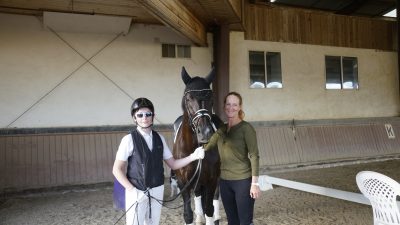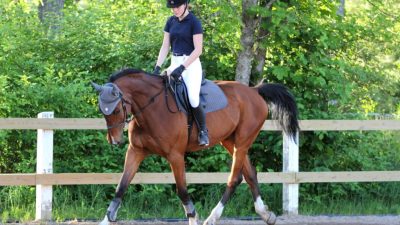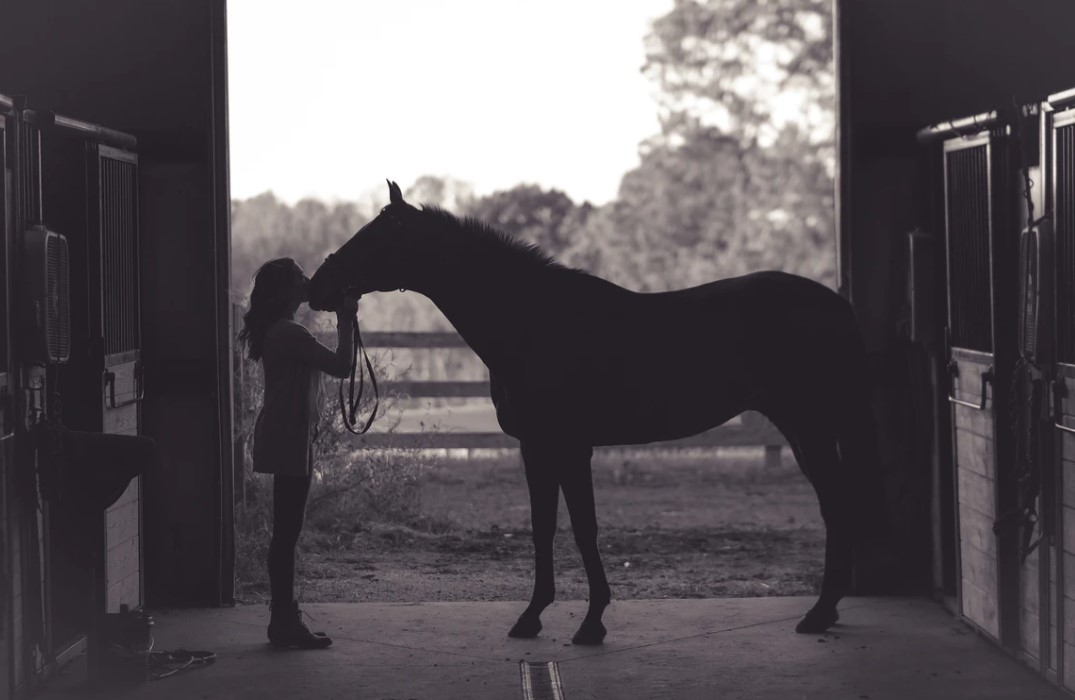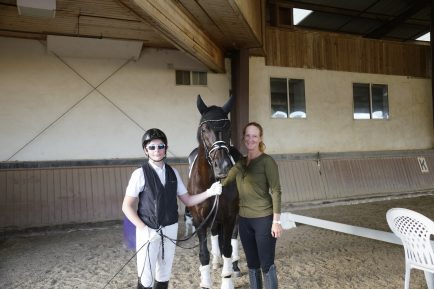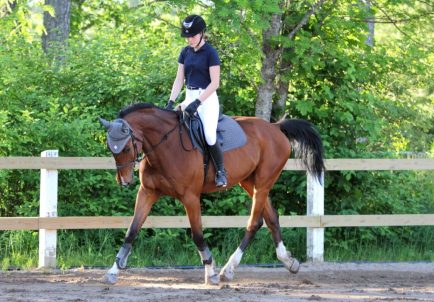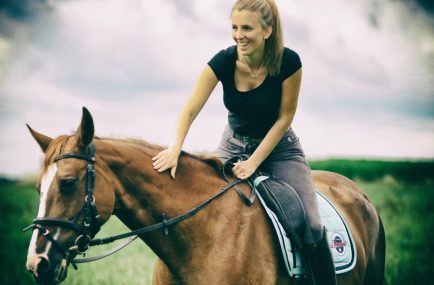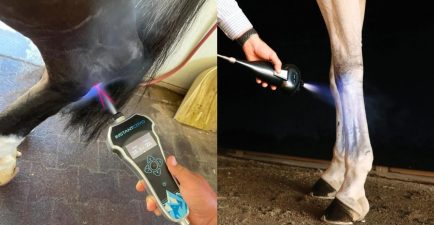Boarding a horse may seem like an expensive way to keep a horse, but compared to the purchase and upkeep of a property suitable for horses, it may be a little less expensive. For some people, the only way they can keep a horse is to board it at a stable. The cost of boarding your horse can vary greatly. There are many factors that can affect the price of board at a stable, and many stables have more than one level of board available. Some of the things that can affect the cost of boarding your horse at a stable include:
- Location
- Facilities and amenities available
- Services provided
Location
Expect to pay more if the stable is close to or in an urban area. Board may be less expensive in a rural area where fodder is easier to get and space is less limited. Taxes and land costs are higher in urban areas so expect that to be reflected in the cost of the board. There may also be more competition for boarding closer to urban areas, and this supply and demand can send prices upward. Balance the cost of driving and time driving to a stable further away against the higher priced stable closer to you. Stables in areas that are central to horse shows and other equine events will probably be more expensive than those further away.
Facilities and Amenities Available
Expect to pay more if the stable offers more. Indoor arenas, groomed riding rings, wash racks, trails, jumps, larger stalls, new barns, automatic waters or feeders will all be reflected in the boarding fees. Well-equipped boarding facilities are costly to build and maintain, and this will be reflected in the cost of the board.
Services Provided
There are many different levels of care available from complete self-care to full board. The more services that are provided, the more expensive board can be. You may have to pay for extra services on top of your regular board bill as well. Your contract should outline exactly what is and is not included in your board price. Examples of extra services are blanketing, handling the horse for veterinarian and farrier visits, extra feeds and supplements, lessons and coaching, in-stable shows and grooming.
Self-Care Board
With self-care board, expect to supply everything your horse needs but the shelter and fencing. Water should be available, but you might have to provide a trough or buckets. You’ll have to purchase and bring in your own feed, including hay and bedding for stalls. Horses may or may not be checked every day, depending upon the agreement you sign. Expect to travel at least once a day to care for your horse and clean stalls. You will have to arrange to be there for veterinarian and farrier calls. Self-care board situations provide only the facility, but not the actual care of your horse, so that means work for you. Consider your schedule and how you’ll manage things like icy roads and bad weather when deciding to take your horse to a self-care boarding stable.
Full Board
With full board, everything will be supplied. Stalls will be cleaned, the horse will be fed and watered and basic feeds supplied. Supplements may or may not be supplied and included in the cost, but will be fed if you supply them. Horses will be turned out for exercise daily and blanketed (usually an extra cost) according to the weather. Veterinarians and farriers will be arranged by the owner/manager. You will probably have to attend visits from the farrier or vet, or you may end up paying someone else to attend if you can’t. Lessons may be included in the cost, or they will be extra. You’ll probably want to visit your horse frequently, but you will come across horse owners at these barns that may not see their horses for weeks or even months.
Questions to Ask
Between self-care board and full board, there is a wide range of services and amenities that stables provide. Before you move in, read the boarding contract and make sure you understand what is and is not included in the cost, what you’ll be expected to do, and what extra expenses you might be charged. Some stables charge a few dollars extra per day to blanket horses or feed supplements. Some will look after your horse when the farrier comes – but may charge you for the time. So make sure you avoid surprise additions to your board bill by understanding what is provided.
Horse Boarding Prices
You might find board for as little as a dollar per day or partial payment in sweat labor. At a very well-appointed stable with lessons included and close to a major city or event grounds, you can expect to pay over $700 a month for board. Shop around. Talk to other horse owners in your area to find a stable you can afford and that you trust to care for your horse.
Original article: Determining What It May Cost to Board Your Horse (thesprucepets.com)
www.royalequestriancollection.com – check our website to purchase and enjoy our products for your horses and you.









